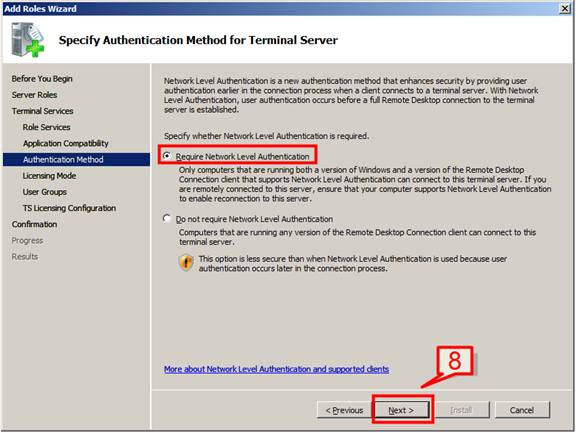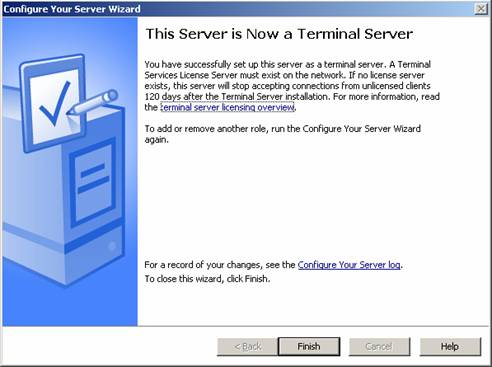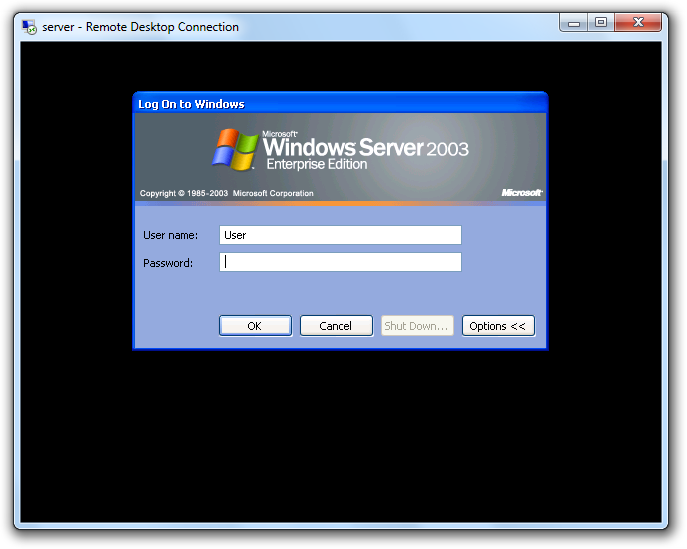
The sessions actually run as a part of the terminal server service, but the session manager is responsible for managing those sessions. A session manager component keeps all user sessions separate, and also handles tasks such as allowing a user to reconnect to their session after accidentally closing the RDP client.

The RDP client communicates with the terminal server through a connection port. This is different from other multi-session environments such as a Windows file server because the operating system renders a user interface ( UI) for each of the sessions.Įnd users connect to a terminal server by using a remote desktop protocol ( RDP) client, a desktop or mobile application whose job it is to connect to the terminal server, and display the session’s contents. In the case of a Windows terminal server, the Windows operating system is configured to support multiple user sessions. The way that a terminal server works tends to vary from one vendor to the next. With some terminal servers, a given terminal user can have multiple host connections to different kinds of host operating systems, such as UNIX, IBM and DEC.Īlthough the concept of a terminal has its origins in the mainframe world, the Windows Server operating system has long had the ability to act as a terminal server. Terminals can use TCP/IP for a Telnet connection to a host, LAT to a Digital Equipment Corporation host, or TN3270 for a Telnet connection to an IBM host with 3270 applications.

The terminals can be PCs, terminals that emulate 3270s, printers, or other devices with the RS-232/423 interface. Some terminal servers can be shared by hundreds of terminals.

The connection resources inside the terminal server are usually shared dynamically by all attached terminals.

Some can be ordered in different configurations based on customer need.) The use of a terminal server means that each terminal doesn't need its own network interface card or modem. (Different makes of terminal server offer different kinds of interconnection. The other side of the terminal server connects through network interface cards ( NIC) to a local area network ( LAN), usually an Ethernet or token ring LAN, through modems to the dial-in/out WAN, or to an X.25 network or a 3270 gateway. The terminals connect to the terminal server from their RS-232C or RS-423 serial port. A terminal server, also sometimes called a communication server, is a hardware device or server that provides terminals, such as PCs, printers, and other devices, with a common connection point to a local or wide area network ( WAN).


 0 kommentar(er)
0 kommentar(er)
